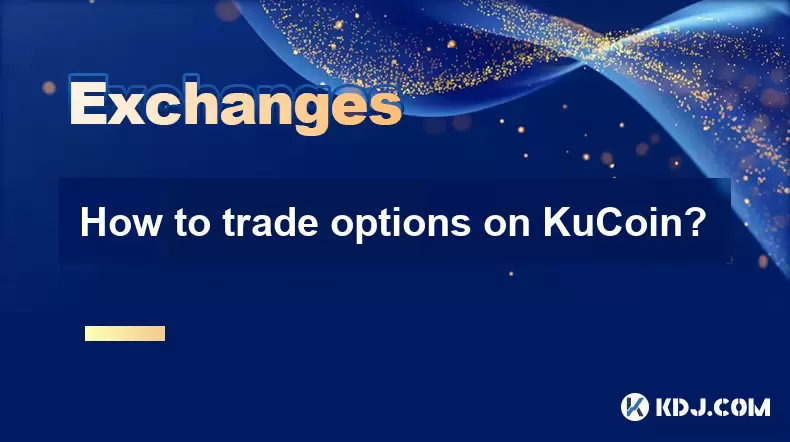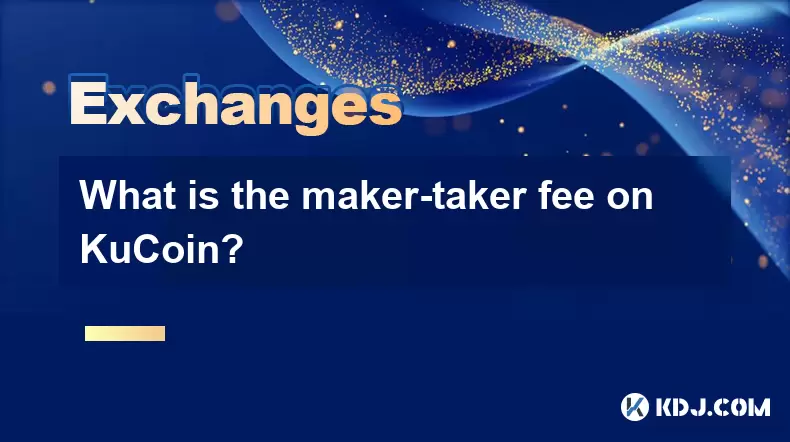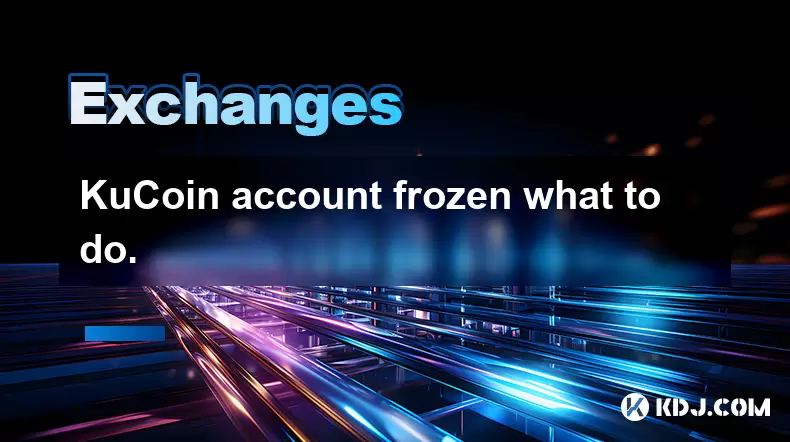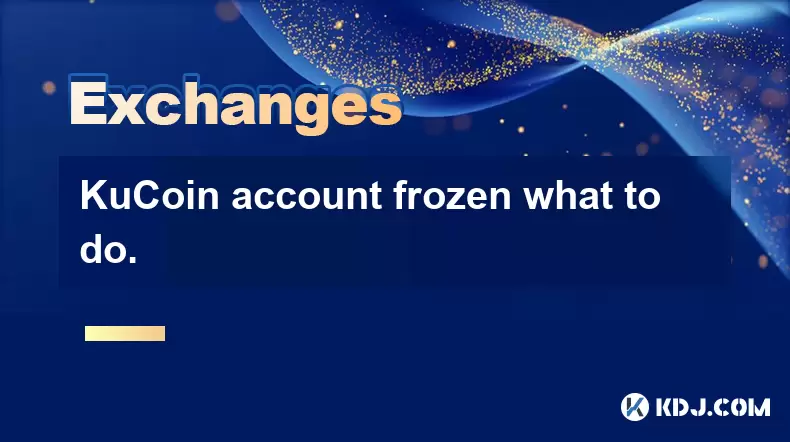-
 Bitcoin
Bitcoin $118100
-0.44% -
 Ethereum
Ethereum $3585
5.43% -
 XRP
XRP $3.434
5.65% -
 Tether USDt
Tether USDt $1.000
0.02% -
 BNB
BNB $743.8
3.89% -
 Solana
Solana $178.7
3.84% -
 USDC
USDC $1.000
0.03% -
 Dogecoin
Dogecoin $0.2381
12.81% -
 TRON
TRON $0.3270
3.62% -
 Cardano
Cardano $0.8315
4.93% -
 Hyperliquid
Hyperliquid $44.51
-4.42% -
 Stellar
Stellar $0.4710
1.52% -
 Sui
Sui $3.896
-2.51% -
 Chainlink
Chainlink $18.09
6.98% -
 Hedera
Hedera $0.2681
9.31% -
 Bitcoin Cash
Bitcoin Cash $516.7
4.83% -
 Avalanche
Avalanche $23.95
6.96% -
 Shiba Inu
Shiba Inu $0.00001490
5.67% -
 UNUS SED LEO
UNUS SED LEO $8.966
0.80% -
 Toncoin
Toncoin $3.294
4.39% -
 Litecoin
Litecoin $105.4
4.69% -
 Polkadot
Polkadot $4.356
5.30% -
 Uniswap
Uniswap $10.29
17.25% -
 Monero
Monero $327.9
-3.04% -
 Bitget Token
Bitget Token $4.942
4.33% -
 Ethena USDe
Ethena USDe $1.001
0.08% -
 Pepe
Pepe $0.00001348
2.17% -
 Dai
Dai $1.000
0.02% -
 Aave
Aave $320.8
0.58% -
 Bittensor
Bittensor $411.8
-4.07%
How to use Bybit futures?
Bybit offers futures trading with perpetual and delivery contracts, allowing users to speculate on crypto prices using leverage and various risk management tools.
Jul 19, 2025 at 02:14 am

Understanding Bybit Futures and Their Types
Bybit offers a variety of futures trading options that allow users to speculate on the future price of cryptocurrencies. Futures contracts are agreements to buy or sell an asset at a predetermined price at a specified time in the future. Bybit provides both perpetual futures and delivery futures. Perpetual contracts have no expiration date and are settled through a funding fee mechanism, while delivery futures have fixed expiration dates and are settled in the underlying asset.
Users must understand the differences between these types of contracts before engaging in trading. Perpetual contracts are more commonly used for short-term trading strategies, while delivery contracts are suitable for long-term positions. Each contract type has specific leverage options, fee structures, and liquidation mechanisms that traders should be familiar with before placing any orders.
Setting Up a Bybit Futures Account
Before trading futures on Bybit, users must first create a Bybit account and complete the KYC (Know Your Customer) verification process. Although Bybit allows some spot trading without KYC, futures trading typically requires at least basic identity verification. Once the account is set up, navigate to the Futures section on the Bybit website or mobile app.
Next, users must enable Futures Trading in their account settings. This step ensures that the user understands the risks associated with leveraged trading. After enabling futures, traders can choose between USDT-margined or Coin-margined futures contracts. USDT-margined contracts use Tether as collateral, while Coin-margined contracts use the native cryptocurrency (e.g., BTC, ETH) as margin.
Depositing Funds and Managing Margin
To begin trading futures on Bybit, users must deposit funds into their futures wallet. This can be done by navigating to the Wallet section and selecting Transfer to move funds from the spot wallet to the futures wallet. Bybit supports multiple cryptocurrencies for margin trading, including BTC, ETH, USDT, and more.
After transferring funds, it's crucial to understand margin modes and leverage settings. Traders can choose between Isolated Margin and Cross Margin. Isolated Margin limits the risk to the amount allocated to a specific position, while Cross Margin uses the entire balance in the futures wallet as collateral. Leverage can be adjusted from 1x to 100x, depending on the contract and risk tolerance.
Placing a Futures Trade on Bybit
Once the account is funded and settings are configured, users can start placing futures orders. Navigate to the Futures trading interface and select the desired cryptocurrency pair, such as BTC/USDT. The interface displays the order book, price chart, and position panel.
To open a position, traders can choose between Market Orders and Limit Orders. A Market Order executes immediately at the best available price, while a Limit Order sets a specific price for entry. Traders can also set Take Profit and Stop Loss levels to manage risk automatically.
After confirming the trade, the position will appear in the Positions tab. It's essential to monitor funding rates, liquidation prices, and mark price to avoid unexpected losses. Users can close positions manually or wait for automatic settlement in the case of delivery futures.
Managing Risk and Understanding Liquidation
Leveraged trading comes with significant risks, and liquidation is one of the most critical concepts in futures trading. Liquidation occurs when the account equity falls below the maintenance margin requirement, leading to an automatic closure of the position at a loss.
Bybit provides a liquidation price indicator on the trading interface, showing the price at which a position will be liquidated. To avoid this, traders should use risk management tools such as Stop Loss orders, position sizing, and margin adjustments. Additionally, funding fees are charged every 8 hours for perpetual contracts and can either add or deduct from the trader’s balance depending on the direction of the position and the current funding rate.
Using Advanced Features and Tools
Bybit offers several advanced trading tools for futures traders. These include TradingView integration, API access, and copy trading options. Traders can use Technical Analysis tools like moving averages, RSI, and MACD directly on the platform to make informed decisions.
For those who prefer automated trading, API keys can be generated to connect with third-party trading bots. Copy trading allows users to mirror the trades of experienced traders, which can be beneficial for beginners looking to learn from professionals.
Additionally, Bybit provides a Demo Trading mode for practice. This feature enables users to trade with virtual funds without risking real capital, making it ideal for testing strategies and understanding market behavior.
Frequently Asked Questions
Q: What is the difference between USDT-margined and Coin-margined futures on Bybit?
A: USDT-margined futures use Tether (USDT) as the collateral, making them more stable and easier to calculate profits and losses. Coin-margined futures use the actual cryptocurrency as margin, which can lead to impermanent gains or losses due to price fluctuations in the margin asset.
Q: How do funding fees work in Bybit perpetual futures?
A: Funding fees are periodic payments exchanged between long and short traders in perpetual contracts. If the funding rate is positive, longs pay shorts, and if it’s negative, shorts pay longs. These fees are applied every 8 hours and depend on the prevailing market conditions.
Q: Can I trade futures on Bybit without KYC?
A: While Bybit allows limited spot trading without KYC, futures trading requires at least basic identity verification. This is to comply with regulatory requirements and ensure responsible trading practices.
Q: How can I check my liquidation price on Bybit futures?
A: The liquidation price is displayed in the Positions tab after opening a trade. Bybit also provides a Liquidation Price Calculator on its website to help users estimate the liquidation level before entering a position.
Disclaimer:info@kdj.com
The information provided is not trading advice. kdj.com does not assume any responsibility for any investments made based on the information provided in this article. Cryptocurrencies are highly volatile and it is highly recommended that you invest with caution after thorough research!
If you believe that the content used on this website infringes your copyright, please contact us immediately (info@kdj.com) and we will delete it promptly.
- Penny Altcoins Eyeing $1 in Q3 2025: Cardano, BlockchainFX, and the Hunt for Crypto Gold
- 2025-07-19 05:10:13
- Trump, Stablecoins, and New Laws: A Crypto Revolution?
- 2025-07-19 05:10:13
- Princess Anne's 75th Birthday: A Royal First and a Celebration of Duty
- 2025-07-19 04:50:13
- Flare Crypto: Powering the Decentralized Future with a Robust Data Backbone
- 2025-07-19 04:55:13
- Bitcoin's Record Highs: Navigating Risk Assets in the Crypto Craze
- 2025-07-19 05:00:13
- Passive Income Revolution: Crypto Cloud Mining in 2025
- 2025-07-19 05:05:13
Related knowledge

Is KuCoin a decentralized exchange?
Jul 18,2025 at 03:15pm
Understanding Decentralized Exchanges (DEXs)To determine whether KuCoin is a decentralized exchange, it's essential to first understand what defines a...

How to trade options on KuCoin?
Jul 19,2025 at 03:42am
Understanding Options Trading on KuCoinOptions trading on KuCoin allows users to speculate on the future price movements of cryptocurrencies without o...

Lost Google Authenticator for KuCoin
Jul 19,2025 at 02:35am
Understanding the Importance of Google Authenticator in KuCoin SecurityGoogle Authenticator is a critical tool used by KuCoin users to enable two-fact...

What is the maker-taker fee on KuCoin?
Jul 18,2025 at 12:42pm
Understanding the Maker-Taker Fee ModelThe maker-taker fee model is a pricing structure used by many cryptocurrency exchanges, including KuCoin, to de...

KuCoin account frozen what to do.
Jul 19,2025 at 04:35am
Understanding Why Your KuCoin Account Was FrozenIf you've discovered that your KuCoin account is frozen, the first step is to understand why this has ...

KuCoin account frozen what to do.
Jul 19,2025 at 12:08am
Understanding Why a KuCoin Account Gets FrozenIf your KuCoin account has been frozen, the first step is to understand why this has happened. KuCoin, l...

Is KuCoin a decentralized exchange?
Jul 18,2025 at 03:15pm
Understanding Decentralized Exchanges (DEXs)To determine whether KuCoin is a decentralized exchange, it's essential to first understand what defines a...

How to trade options on KuCoin?
Jul 19,2025 at 03:42am
Understanding Options Trading on KuCoinOptions trading on KuCoin allows users to speculate on the future price movements of cryptocurrencies without o...

Lost Google Authenticator for KuCoin
Jul 19,2025 at 02:35am
Understanding the Importance of Google Authenticator in KuCoin SecurityGoogle Authenticator is a critical tool used by KuCoin users to enable two-fact...

What is the maker-taker fee on KuCoin?
Jul 18,2025 at 12:42pm
Understanding the Maker-Taker Fee ModelThe maker-taker fee model is a pricing structure used by many cryptocurrency exchanges, including KuCoin, to de...

KuCoin account frozen what to do.
Jul 19,2025 at 04:35am
Understanding Why Your KuCoin Account Was FrozenIf you've discovered that your KuCoin account is frozen, the first step is to understand why this has ...

KuCoin account frozen what to do.
Jul 19,2025 at 12:08am
Understanding Why a KuCoin Account Gets FrozenIf your KuCoin account has been frozen, the first step is to understand why this has happened. KuCoin, l...
See all articles

























































































